This week, the musicians of the harmonious hand gathered at Romieu for the creation of Barock Madrigal.
It’s a question here about musical magic from the meeting of Italian style with the German language, “explains Frédéric Bétous and Nadia Lavoyer. Students were able to attend creation and ask the musicians all their questions.
After these three days of residence, they now meet the audience on July 24 for the first Barock Madrigal concert as part of the music on the street. !

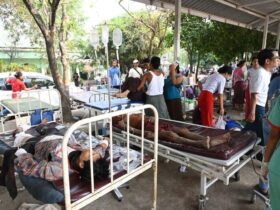


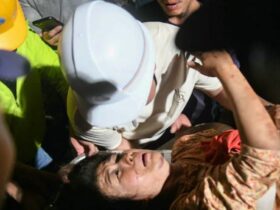
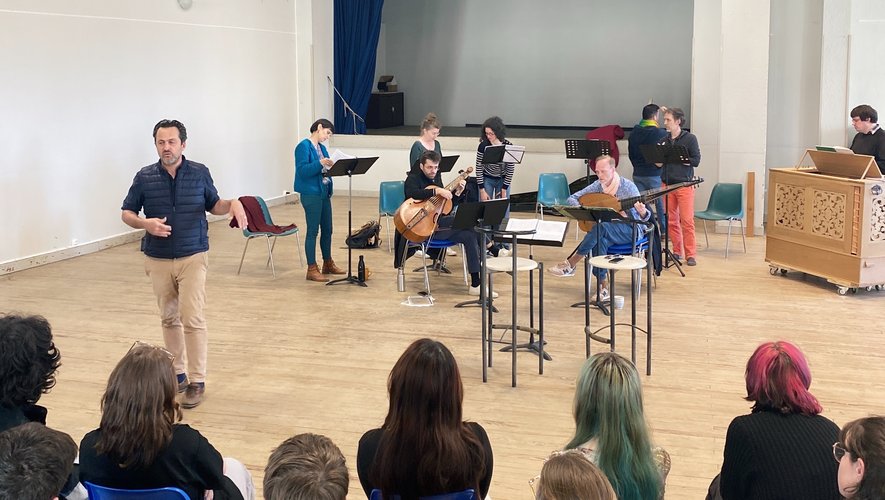

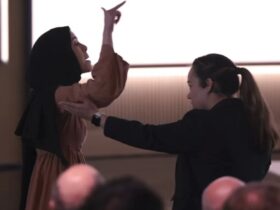


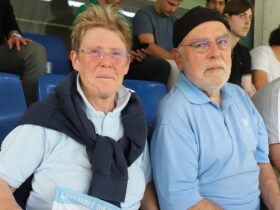



Leave a Reply